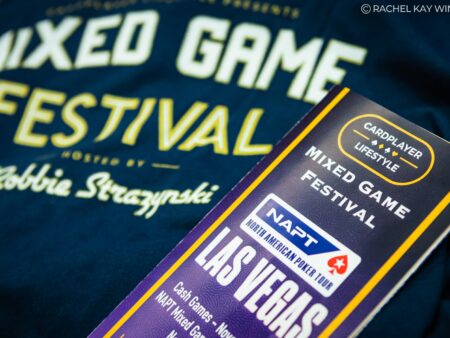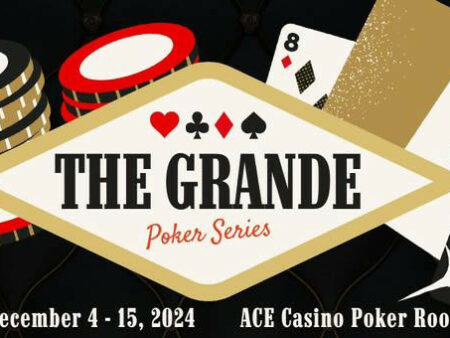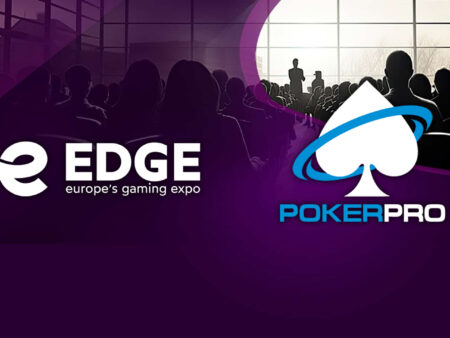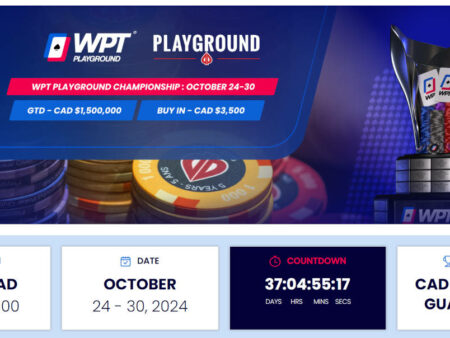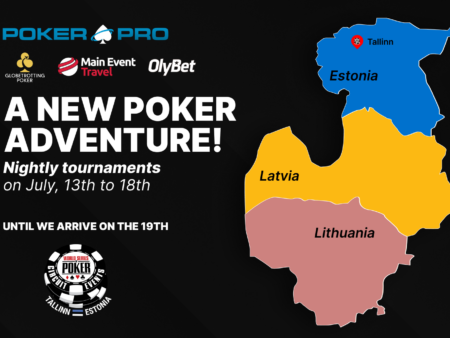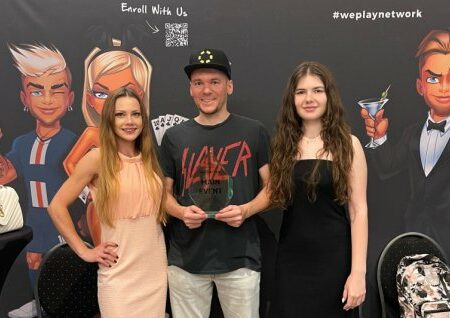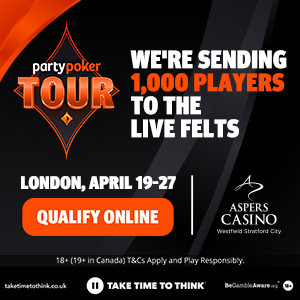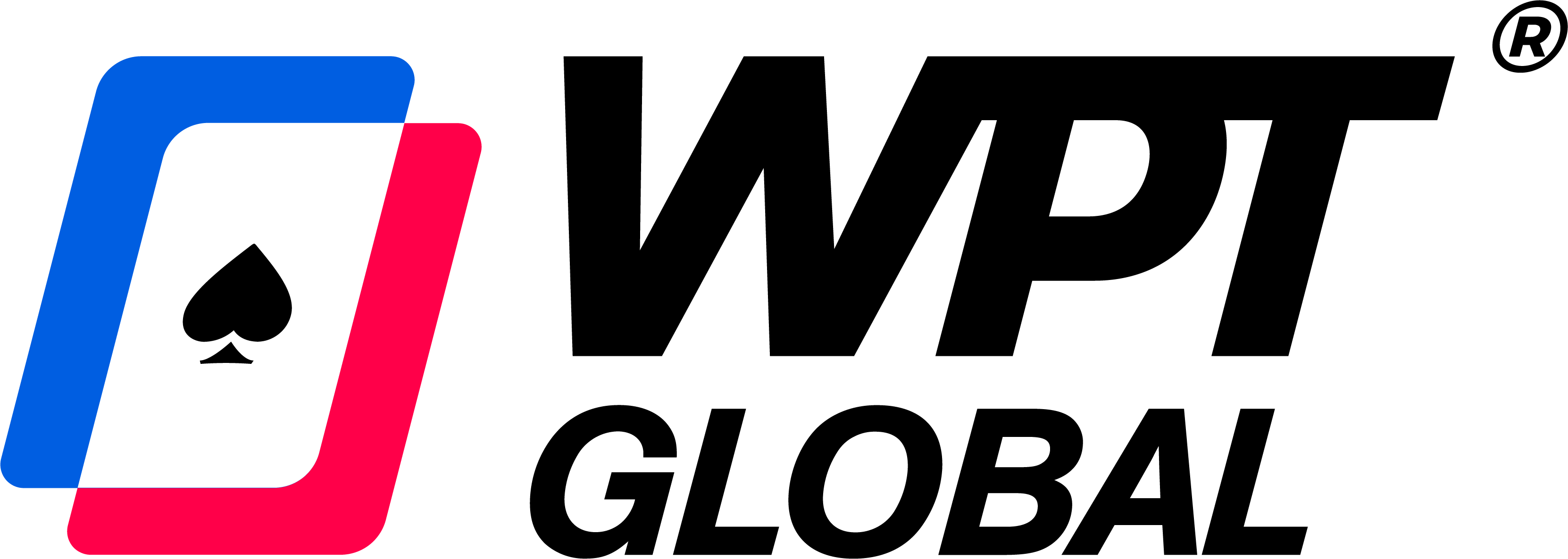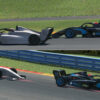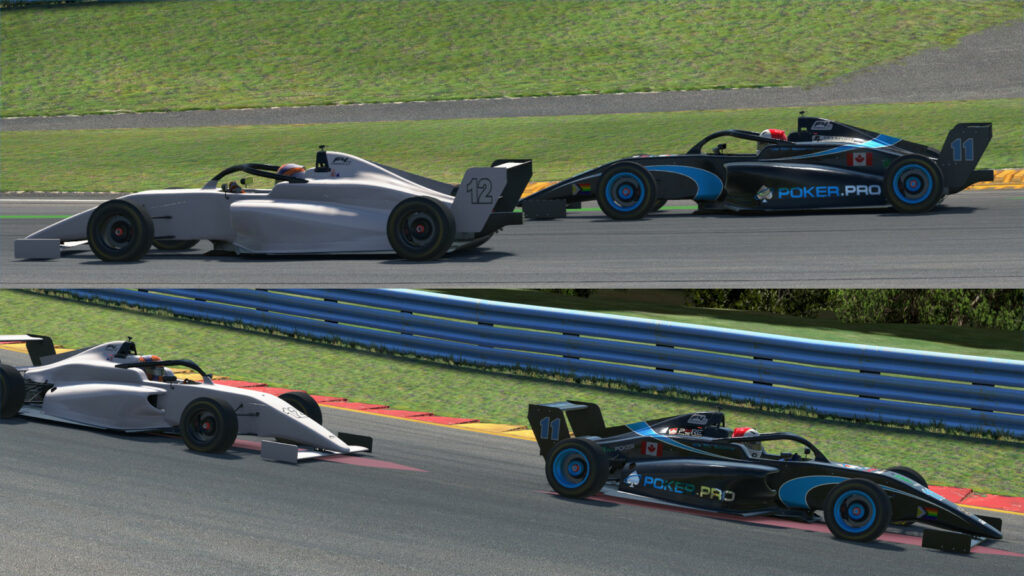
poker.pro is devoted to poker — it’s all in the name. But like everyone else in the world, poker.pro staff are also humans with interests outside of the game we all love. For myself, the Canadian Editor here at poker.pro, one of my side-passions is sim-racing.
I’ve been playing racing games for as long as they’ve existed — my first home racing game was the original Test Drive released in 1987, but I was playing games like Night Driver in arcades long before that. So, I’ve been “sim-racing” pretty much as long as driving games have existed, and even before they were anything like actual driving.
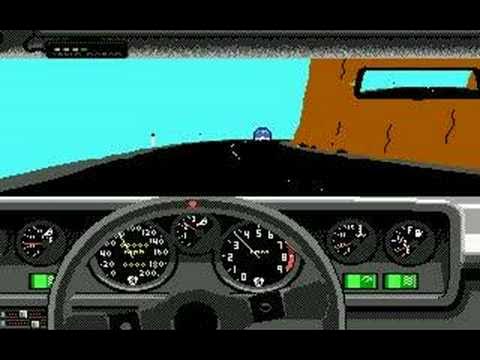
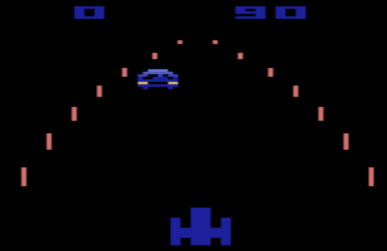
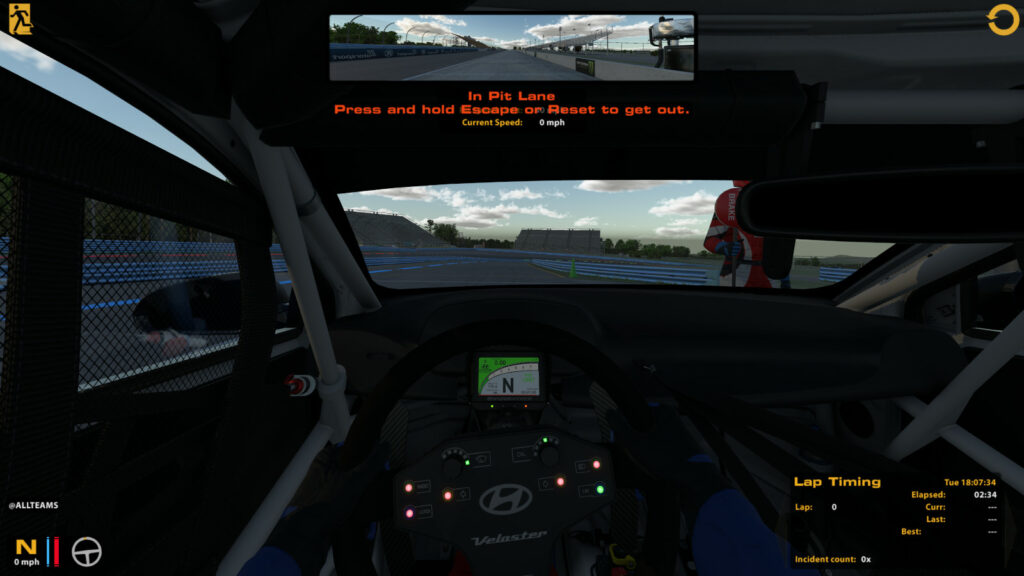
“Sim-racing” didn’t really exist back in those days — the early racing games were games, not sims, as the physics models and graphics were still very primitive, largely because of the processing power available. But while Night Driver bears little resemblance to modern racing simulations, we can already see the beginnings of the “sim-racer” mode in Test Drive.
As processing power increased, two things came together to make sim-racing possible. Computer graphics have improved immeasurably since the early days of Night Driver, but more importantly, auto manufacturers used computer design more frequently, and detailed physics models of most cars were developed for testing and design purposes.
As home computers became more powerful, that combined into the modern sim-racer — detailed and complex physics models of racecars coupled with modern 3D graphics create a simulator that comes very close to replicating the real world behaviour of any given car on any given track. Add in gaming devices like force-feedback steering wheels and driving chairs, and pretty much the only things missing from real racing are the G-forces, the smell of petrol and oil, the absurdly high costs, and the threat of dying in a fiery crash.
From Gamer to Sim-Racer
Most of my life, I’ve played racing games. I distinguish racing games from racing simulators essentially by the physics models — racing games use looser models that give more leeway to drivers and thereby create more playability at a lower skill level. Racing games include features like computer-aided or fully automated acceleration and braking.
Racing simulations, on the other hand, use the strictest physics models available for each car, and for the tracks in question. There are few, if any, aids available to make the driving experience easier, and car handling is unique to each individual vehicle.
Modern sims are so advanced that auto companies and major racing teams use advanced simulators to train drivers and test cars. And modern racers race on both real and virtual asphalt — the modern games are advanced enough that top drivers like world champion Max Verstappen go sim-racing in their off time.
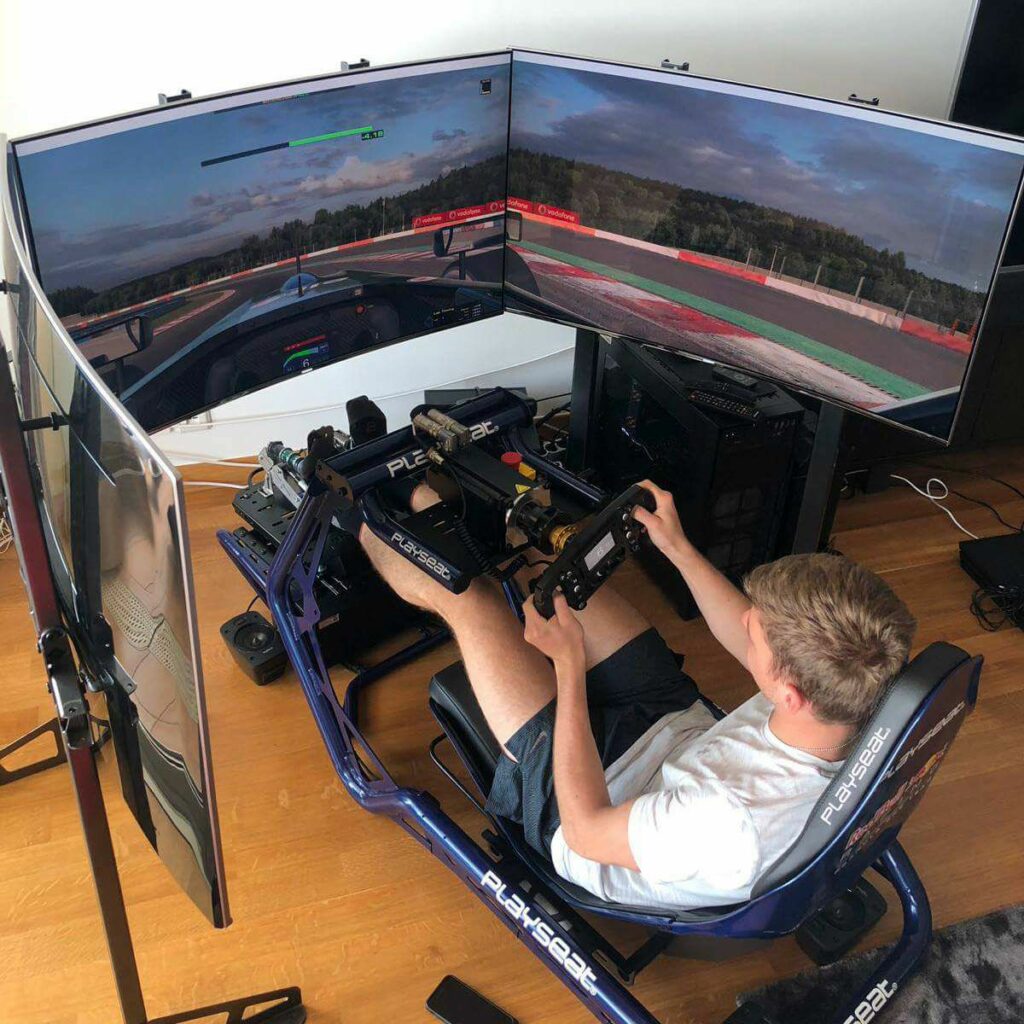
For most of my time driving the virtual streets, I’ve played the games rather than the sims, and taken advantage of many of the available aids like auto-braking. In recent times, the Forza franchise had been my go-to racing game, which comes in two flavours — Motorsport, which is on the cusp between a game and a sim, and Horizons, which is very much in the arcade-game mode.
I played both versions of the franchise, and while the Motorsports version is much closer to an actual sim, I was an avid user of aids like auto-braking, which essentially means I didn’t have to use the brake, and the computer did it all for me. It never provided the optimal braking or allowed for late braking, but it did mean all I had to concentrate on was throttle and steering control.
About 6 months ago, I decided to make the jump to full simulation and bought myself a subscription to iRacing for my birthday in September of 2024. I put myself through a crash-course (not exactly a euphemism there either … lots of crashes involved lol) on braking in a racecar while learning a new simulator, driving a new car I’d never driven before, on tracks I’d never seen before (for the most part).
Surprisingly, by the end of my first season of racing (the final iRacing season of 2024), I was the runner-up rookie from Canada in the standings for Formula Vee. The winner of the rookie race crushed my points total, but I was in a heated battle for second right down to the final races, and got the Silver medal by just a couple of points.
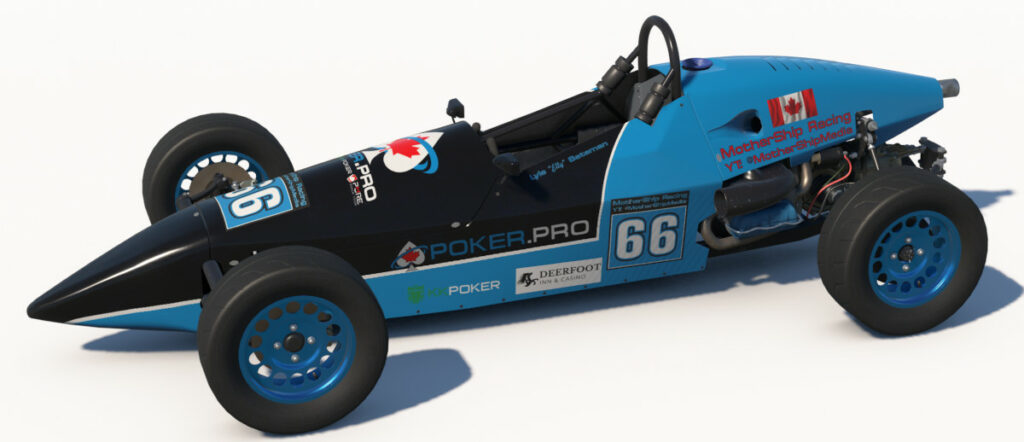
The Race
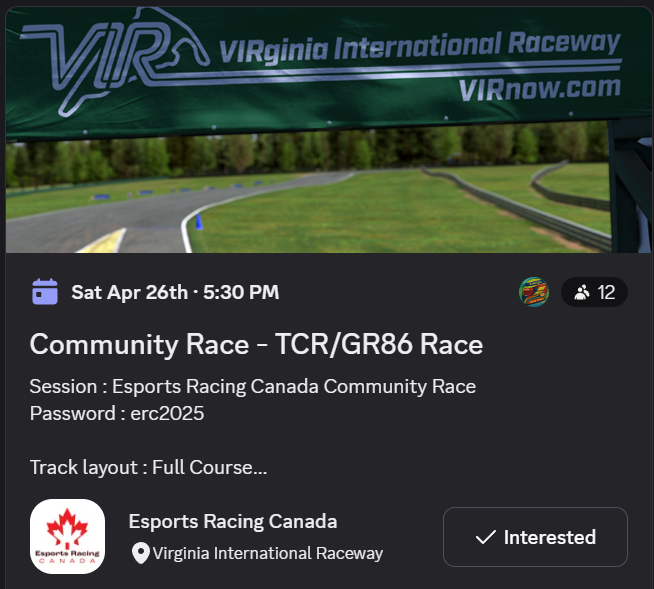
At the end of that first racing season, ESports Racing Canada reached out to me to invite me to join, and while work commitments have kept me away from past events, I’ll be jumping into a multi-class race the group is sponsoring.
The race involves two classes of cars — Class B uses the included Toyota GR86, while Class A has a choice of four TCR-class cars, an Audi, a Honda, and two Hyundais. I will be driving the Hyundai Veloster N TCR, mostly because I drive a (much lower spec) Veloster as my daily driver. I have no idea how I’ll do in the race as I’m more open-wheel than sports car when it comes to my racing, but I do drive a Veloster pretty frequently.
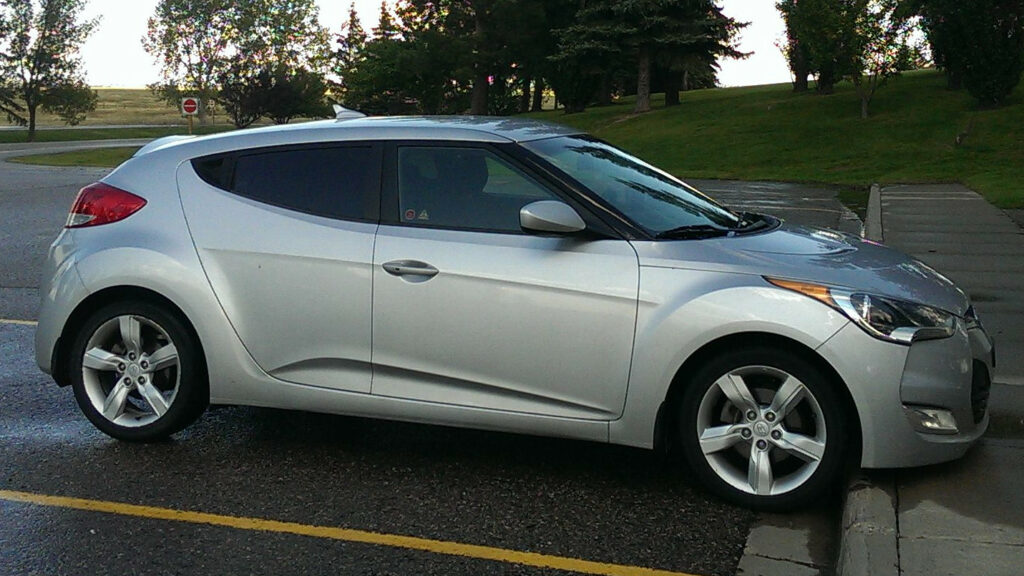
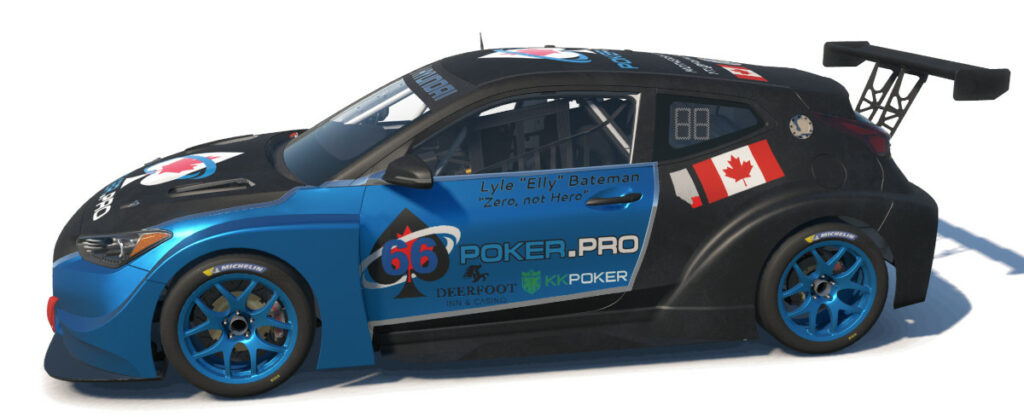
I plan to stream the action from this race on Saturday, April 26 starting around 5:30 pm Mountain time on my YouTube channel MotherShipMedia. I have no predictions about where I will finish in this race. I wasn’t the fastest in practice, but I also wasn’t the slowest. If I can finish mid-field without destroying my car or taking out anyone else, I’ll be pretty happy with the result.
About ESports Racing Canada
ESports Racing Canada is the brainchild of Daniel Blanco in conjunction with Canada’s official FIA-accredited autosports authority, ASN. While the group is relatively new with about a year of operations, Blanco comes at the task as a volunteer from years of previous work with online sim-racing communities.
Working in conjunction with rally driver and general manager of ASN Elise Racette, Blanco is looking to turn the project into a real, grass-roots development program for sim-racing with clear opportunities for Canadians from the virtual drivers seat to real local racing scenes. With the response for the upcoming community race, it looks like Blanco and ASN are well on their way toward the goal.
Watch the Action
There are a lot of similarities between poker and racing, despite the obvious differences. Both require focus and a calm, measured emotional state to be successful, and both involve making on-the-spot decisions that have huge implications down the streets.
And both are activities where winning takes long-term planning and near-perfect execution for the duration, while, at the same time, one small mental mistake or unfortunate random occurrence can end your run in an instant. In both activities, you have to be mentally sharp from start to end, because the end will come as soon as that concentration falters.
It should be a fun race with fellow Canadian racers. Join me to see how well (or badly) I can navigate my Veloster around Virginia International at unsafe speeds. I can’t guarantee good racing, but no matter what, it should be a hoot. Join me at 5:30 pm Mountain time on Apr 26 for the ESports Racing Canada Community Multi-Class race.
